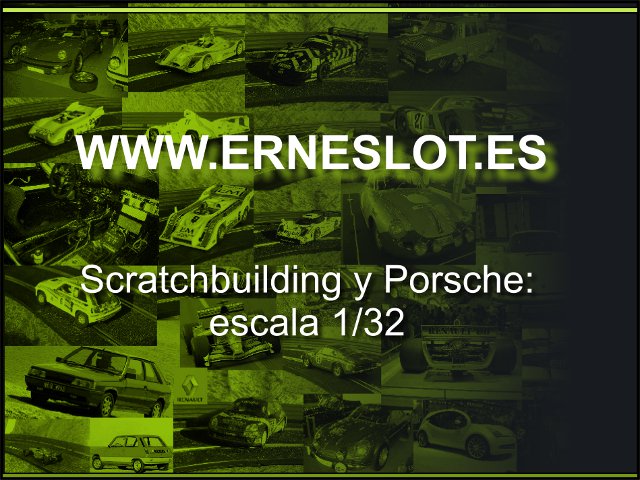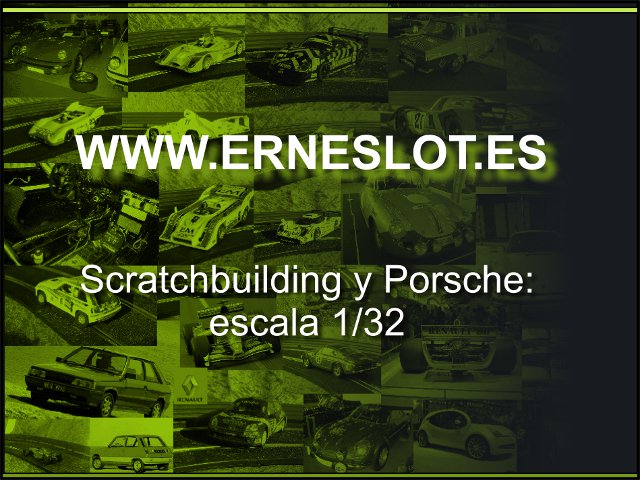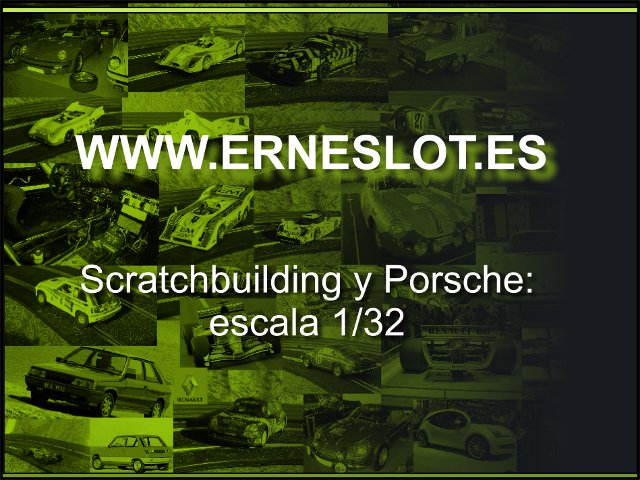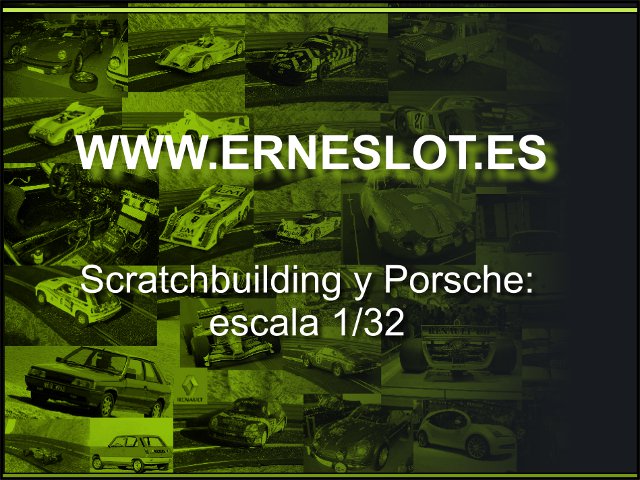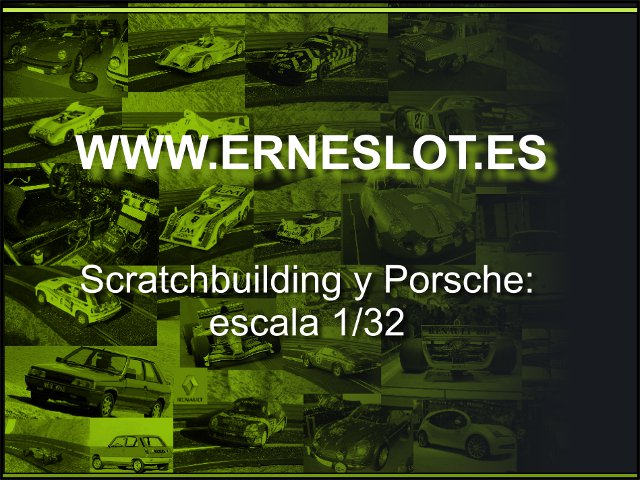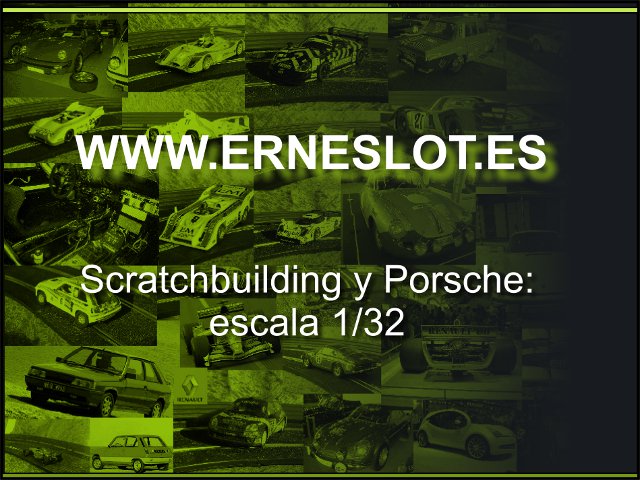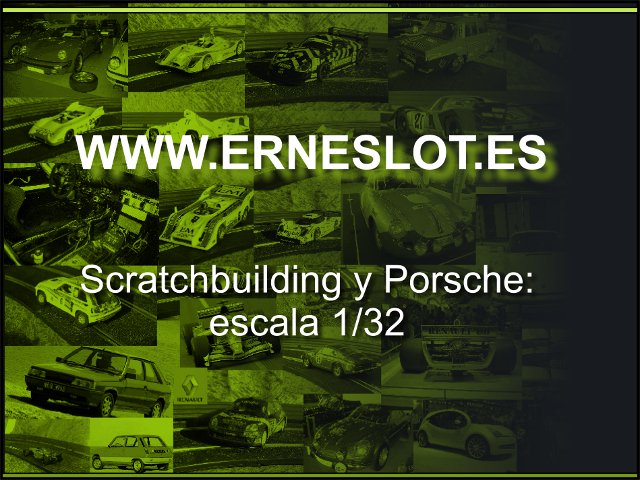MAN Truck Dakar
Within the slot competitions, the category that I most like is the raid slot one. Raid slot racing consists of giving as many laps as possible to each of the lanes of several slot circuits, each of which simulates a stage of a raid race. Competitors run in pairs on two lane circuits, first in one of the lanes and then in the other lane, and the cars can be of different category, it is not necessary that the two competitors run with vehicles of the same category.
The stages in which the competition takes place are very varied, simulating the stages of raid competitions such as the Dakar. The usual thing is that in a raid test the participants run through the two lanes of three or four tracks, for about 30-40 minutes, at a rate of about 5 minutes per lane, depending on the race. Some of these sections are very fast with big straights and few obstacles, others have many ups and downs, others are very short with many obstacles ... just like in the stages of a raid.
The cars are divided into several categories depending on the type of car that is and its preparation, so that we can compete in categories such as the T1, Ninco raid cars virtually series up to 1/24 scale cars passing through the trucks, quads, classic cars ... Logically, the performance of the cars in each category are different so the classifications of the raid are made according to the category in which the car is framed, with winners of each of the categories in which can compete in a particular race.
The pilots run in pairs in each of the sections, first by one lane and then by the other, whether they are cars of the same category or different categories. For each lane the number of laps and the number of lanes made by each pilot are recorded and they are added as they pass through the different sections. To know the winner of each category, add the laps you have given to each of the sections and the number of tracks that you have made in total, and the one with the highest number of laps and tracks you have traveled is the winner of the race. The final classification is made in a general way for all the drivers who have competed in a race and also a classification by car categories.
Being a specialty where skill is more important than pure speed, which is also important, the raid slot races are usually very fun, although if the stages have many obstacles, the 5 minutes in which they run through each lane becomes a little hard. For me, it is the funniest specialty, and I had always run with cars in the categories T1 (Ninco vehicles almost series) and T2 (the first level of vehicles prepared), but one day I went to the club where I used to run and they had a Mitoos metallic chassis for the Avant Slot trucks that caught my attention, so much so that I bought a chassis and a white body kit to decorate, this is the body of Avant Slot, reference AV20213:
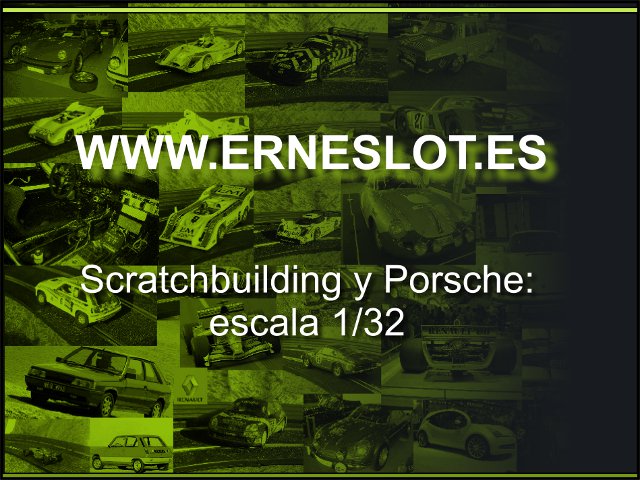
And this is the Mitoos chassis, it´s the APO-Mitoos EVO 1 raid chassis, reference M911.
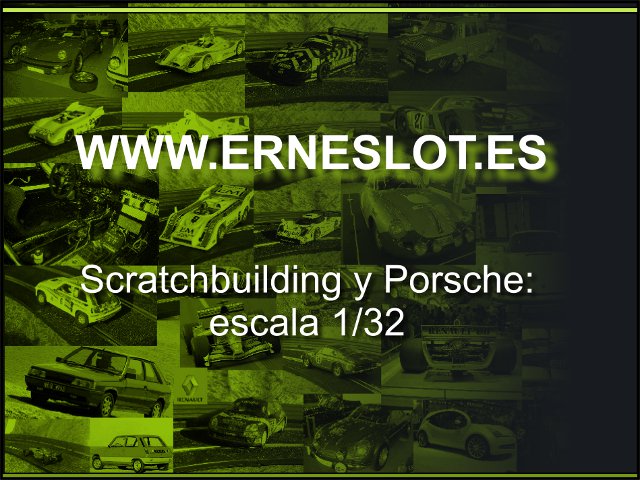
From this work I did not take photos of the process because I only proposed to do tests with paint and varnishes, so that describing the decoration process did not bring anything new to what has already been done and that you can see in other cars that I have decorated. Basically my intention was to try to paint gradients since until now, whenever I had painted several colors on a body, the cuts between them were well defined and I had not tried to paint a body with gradients, except for some test over a scrapyard bodyshell. Apart from the gradients, I also wanted to make a decoration that was showy on the raid track and that evoked a bit the sand and the desert. After turning it around, I decided to paint the cabin of the truck in yellow and the box with a gradient in three shades of military colors, always using matt Tamiya acrylic colors. The decoration process was the following:
- I gently sand the body and the rest of the parts that form it, I removed the few burrs that the mold had and applied a coat of Duplicolor gray spray primer.
- I chose the colors with which I would make the gradient of the cargo box of the truck, XF-14 (gray Japanese aviation), XF-59 (desert yellow) and XF-58 (olive green) references, all of them matte acrylic Tamiya, starting with the lighter color at the top and ending with the darker color at the bottom. The three tones are more suitable for decoration of military vehicles, but in a truck of this type and with the rest of decals decoration they are quite good for my taste.
- I applied all the colors in a single process, first I painted green the cargo box completely, cleared the airbrush with a little bit of 96° alcohol and painted the brown color without waiting for the green to dry, I went back to rinse the airbrush and painted the dark green on the bottom. With the three colors applied I let the paint dry completely for a couple of days.
- With the paint very dry, I will mask the corresponding parts and painted the lower part of the cargo box and the mudguards with dark gray XF-24 Tamiya reference, as well as some details of black color (Tamiya X-1) and metallic gray (Tamiya X-11).
- For the cabin I chose a pale yellow paint residue from the mixture with which I painted the NSR Porsche 917 K and the bumper and cab bars painted them dark gray XF-24 Tamiya reference. I also painted the bumper of the cabin in the same color. The gray color in the lower part of the truck was applied to give a continuity to the set, since the cabin is painted in one color and the cargo box is painted completely different and I wanted to hide it a bit. For that same reason, I did not want to paint the cabin in the same way as the cargo box, to break the monotony of the decoration.
- The rest of the details of the cabin where painted black mate Tamiya XF-1 (the grid of the radiator) and with Vallejo black acrylic (the windows rubber and the door handles).
- The interior is also painted the same shade of yellow as the body and the dashboard XF-1 matt black. Except for small details with the brush to paint with the Vallejo acrylic, all the painting work is done with the airbrush.
After the painting process and with all the parts of the body with the paint dry, I placed the decals. It is a set of homemade waterslide decals with lines of bright colors that contrast with the matte colors of the cargo box, printed on white paper to give more solidity to the colors and some other decal left over from previous works, especially logos of sponsors printed on transparent paper. I like to take advantage of the remains of decals for this type of work as long as it fits with the chosen decoration. They could not miss the "Dakar" plates with the number of the participant and the numbers on the doors, following the decorating schemes of these trucks.
To finish, I varnish the truck with Citadel satin spray, which I had tested a long time ago. I chose that varnish because I did not want to give a bright finish to the truck since I had used matte paint for the decoration and with the automotive varnish that I normally use would have been shiny. Also because I wanted to see the resistance of this varnish both the passage of time and the hits that the truck will surely take on the track. I applied two coats of varnish, the first one very soft, I let it dry and then I applied a generous layer to the whole decoration. The varnish did not make any strange reaction with the decals or with the painting of the decoration and left a very nice satin finish.
After allowing the varnish to dry several days, I assembled the components of the bodywork, some glued with cyanoacrylate and other welded applying heat with an electric welder as do slot car manufacturers. It only remained to fit chassis and bodywork to get the following truck:
The truck has been attractive for having done it with little planning, especially in the aspect of decoration. I am satisfied with how the gradient of the cargo box has been, and more to be among the first ones I do and the general appearance of the truck. In spite of how different the decoration of the cabin and the box are, they do not clash together, which was something that worried me, and it looks pretty good on the track. With the varnish the results have been disparate, the photos of the truck are taken about 6 months after finishing the decoration, and you can see how some decals have cracked, especially in the back of the truck. Probably because they were not well adhered to the surface, since the ones on the sides have been well, but that "bad aging" of the varnish I have seen elsewhere, although it is not so obvious, as for example front of the cabin. Probably has something to do with the drying of the paint, and that is something I will try to check in future tests. Meanwhile I will enjoy the truck on the raid slot tracks as it is.
Go to topFortnightly updates, new cars and more in www.erneslot.es



